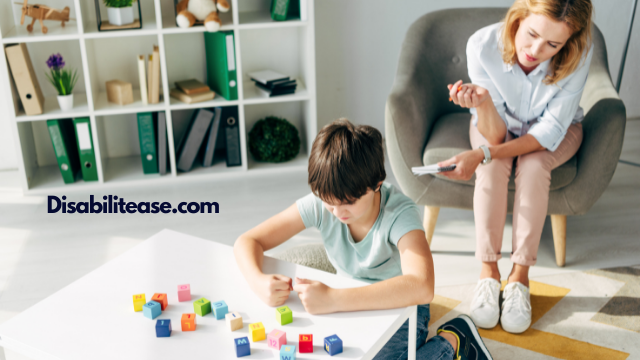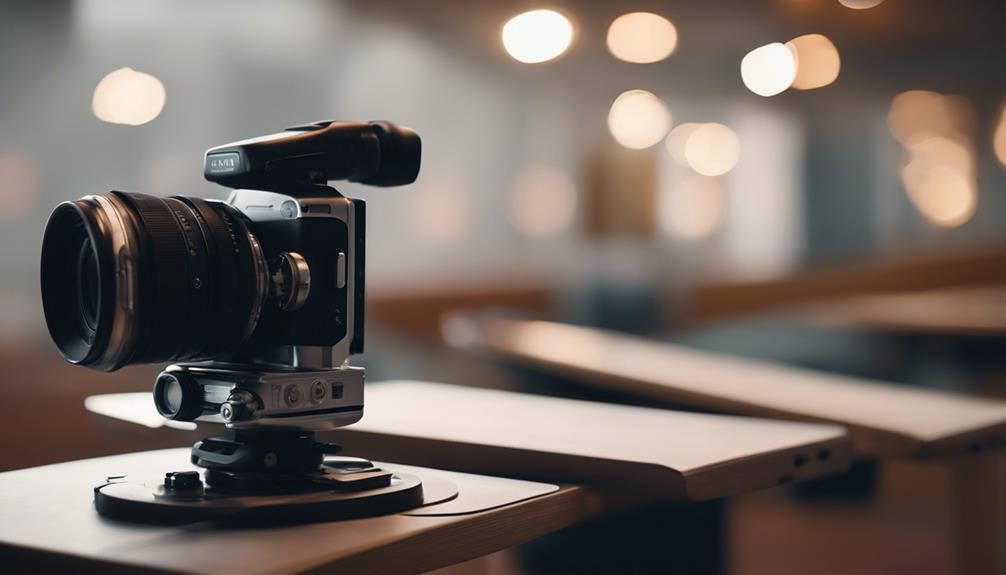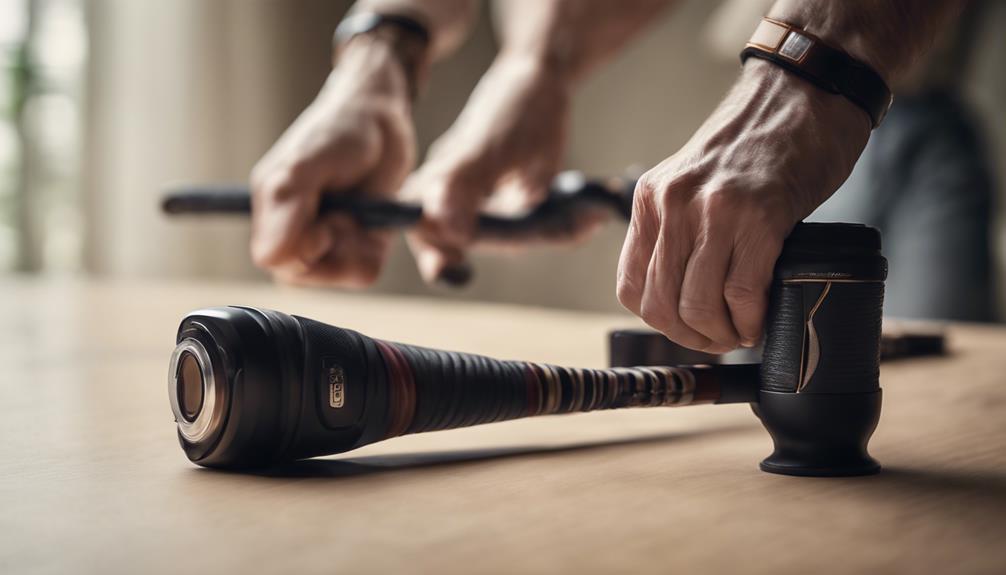Can Dyslexia be cured completely? Lets figure it out. Dyslexia is a neurological learning difficulty impacting one’s ability to read, write and spell written material effectively. The condition is one of the most frequently recorded learning difficulties in both adults and children and impacts more than 5 million people in the U.S alone.

Based on research on smaller groups of learners, experts believe that the figure must be much higher. It is estimated that more than 40 million Americans are affected by at least some form of Dyslexia but have not been officially diagnosed.
Given the magnitude of impact that Dyslexia can have on one’s academic, professional, and social life, treating the condition has become an international concern.
Here is a related article that might interest you on the 4 Best Fonts for Dyslexia in Google Docs and Microsoft Word.
Before the available treatments can be understood, it’s important to review some of the subtypes and the unique difficulties they involve.
Table of Contents
Some Common Subtypes
Not all cases of Dyslexia are similar and manifest differently in each affected individual. The symptoms and impact on one’s life can be minimal in one case but severe in another.
Different subtypes have different root causes and lead to unique learning difficulties which require specialized support and treatment.
Below are some of the most frequent subtypes:
- Visual Dyslexia
Visual Dyslexia happens due to a deficit in the brain’s ability to recognize visual information, store it for future reference and attach meaning to it. It impacts a person’s ability to recognize the letters based on their visual structure.
For this reason, affected individuals often show slower speed and a lot of inaccuracy when reading letters, words, and sentences.
The condition can become more evident when dealing with complex or longer words, such as those with multiple syllables.
- Auditory Dyslexia
Auditory Dyslexia impacts one’s ability to orally read the writing material. This happens due to difficulty processing the smaller sounds that make up each letter and the sequence of sounds that make up a word.
The condition can become more evident when reading longer or more complex words. In some cases, it can also impact oral comprehension as the affected individual may have trouble hearing and processing what is being said.
Available Treatments
It’s important to understand that it is a neurological condition arising from a deficit within an essential part of the brain. This part of the brain is responsible for processing and understanding different written material, including words and numbers.
The deficit cannot be offset with the help of medication or therapies; therefore, a complete neurological cure is currently impossible. That being said, Dyslexia is a highly manageable disease, and its symptoms can be minimized with the help of persistent, intensive, and systematic support by educators and parents.
Below are some of the common therapies suitable for each subtype and their effectiveness.
Grapheme Recognition Practice
A grapheme is the unique symbols, shapes, and lines that make up a letter or digit and give it a unique identity. Individuals with Visual Dyslexia have trouble recognizing these unique graphemes, which makes reading difficult.
Prolonged periods of practice can help affected individuals become familiar with the different shapes of each letter. Depending on the severity of symptoms, you may need to teach the same letter for multiple days or weeks.
It’s important to remember that dyslexic learners are not lacking in any sense and hold the same capabilities and potential as other readers. They simply need more time, support, and practice to become familiar with letters and then words.
Over time, once they develop adequate familiarity with each letter, learn to recognize it, and attach meaning to it, they will become automatic readers.
Graphemes Blending Practice
Once individuals become fluent in recognizing and spelling out different letters separately, they can be taught to blend the different letters to read a complete word.
While most children with Dyslexia can already read most words and sentences, they still struggle with speed and fluency. By putting too much effort into the decoding process, they forget to extract the meaning from the material they are reading.
This severely impacts their comprehension and can be detrimental to their independence as they reach adulthood. For this reason, it’s important to develop an ability to read fluently and effortlessly within affected individuals.
Common teaching practices include instructing the learner to blend the sounds of two or more sounds together. You can also adopt a systemic approach where you teach them one letter at a time.
For example, it may prove easier for a child to learn how to blend the letter “a” with “b” and up to “z” rather than teaching random words. This is an effective practice for both Visual and Auditory Dyslexia as it involves both letter recognition and sound awareness.
Improving Phonological Skills
As explained above, individuals with Auditory Dyslexia have difficulty understanding each letter’s unique sounds, making reading difficult. To treat this problem, teachers and parents must target the root cause; perception and differentiation.
Individuals struggle with understanding the phonemes due to a problem in actually hearing and registering the unique sounds. Common remedial practice includes training the learner to hear more clearly.
Instructing them to pay attention to the smaller sounds you make as you say a letter can help them develop a higher awareness of the previously ignored sounds. Experts also recommend teaching phonological awareness without letters, digits, or any context.
Expecting a learner, especially young children, to recognize the sounds while also attaching meaning to them can be overwhelming for them. Once they are fluent in reading aloud each letter, they can be taught to blend different sounds to read complex words automatically.
Conclusion
Dyslexia is not a disease that needs to be cured. It is simply a learning difficulty that makes children dependent on more support and practice than their peers.
Another post that will interest you is about the 6 Worst Jobs For Someone With Dyslexia – These Are Not For You!
Effective and early intervention can prevent the reading and writing difficulties from compounding. It is also important to avoid reading overload on affected individuals as it can make the learning process more difficult.
In the end, reading and writing speed does not matter when it comes to intelligence or overall academic success.
Affected individuals often have above-average IQ and possess exceptional cognitive abilities. They can be taught to learn through other mediums as well, including audiobooks, text-to-speech software, and animated videos.

Hi, my name is Eddie, I am a professional trainer specializing in the elderly population and I’m also a website designer. I love training in the gym, going to the beach, traveling, and having good food.
I combined my love for sport and website designing to make “DisabilitEase” whose purpose is to help elderly and disabled people live a more full and active life, have more fun, and enjoy their unique journey despite any disability.



